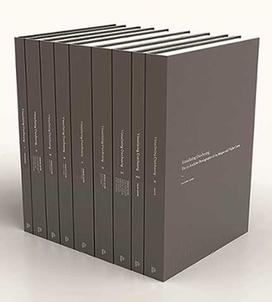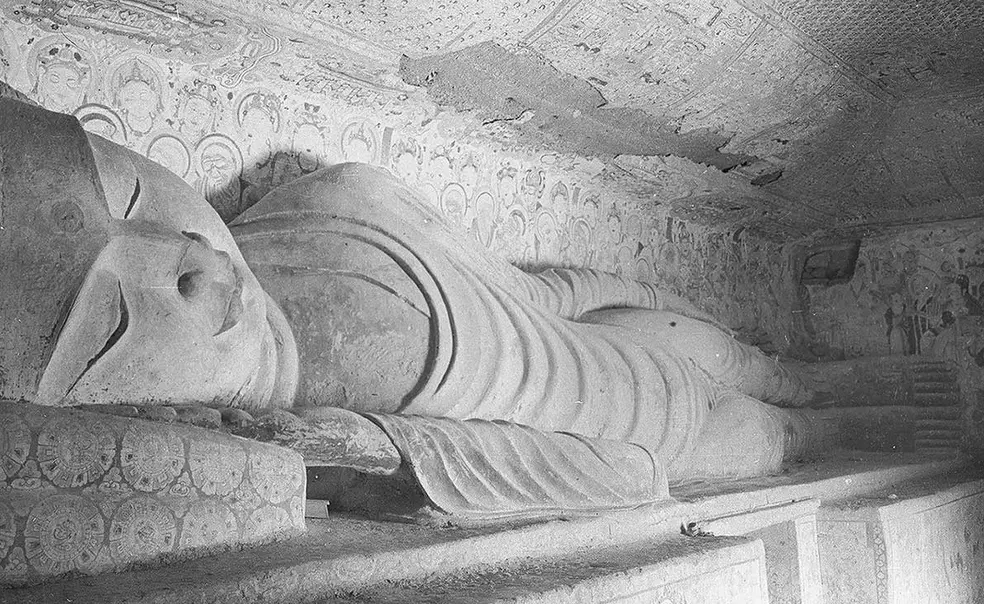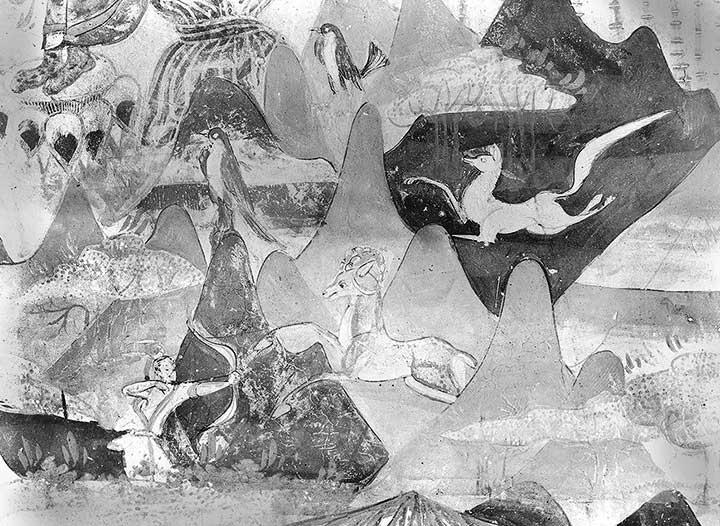Gallery: Nine Volumes Document China’s Dunhuang Caves

Visualizing Dunhuang: The Lo Archive Photographs of the Mogao and Yulin Caves (Princeton University Press), edited by Dora C.Y. Ching *11, associate director of the Tang Center for East Asian Art, is a nine-volume collection of photographs of China’s Dunhuang Caves taken by James C.M. Lo and Lucy Lo.
Just outside of Dunhuang, a city on a network of silk routes from China to central Asia, are the Mogao and Yulin caves, containing Buddhist murals and sculptures from the fourth to the 14th century. The Los spent 18 months in the 1940s photographing the sites. Then, the late Princeton professor of East Asian art Wen Fong ’51 *58 saw their work at the 1964–1965 New York World’s Fair and commissioned a full set of prints for the Department of Art and Archeology. “The Los had a lifelong wish to publish the archive, and finally, under the auspices of the Tang Center for East Asian Art, we were able to embark upon this project,” says Ching. She adds: “The Los did not simply document the caves; they created lyrical photographs with unusual camera angles and photographic techniques to convey human involvement and movement.”













No responses yet